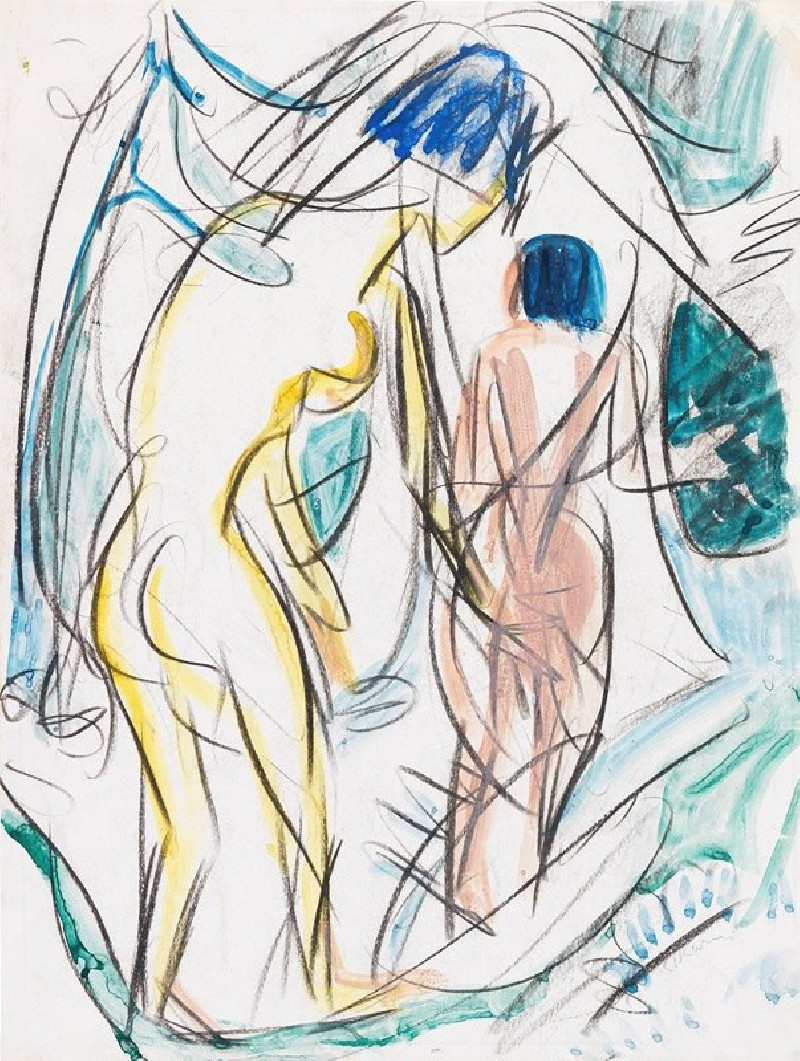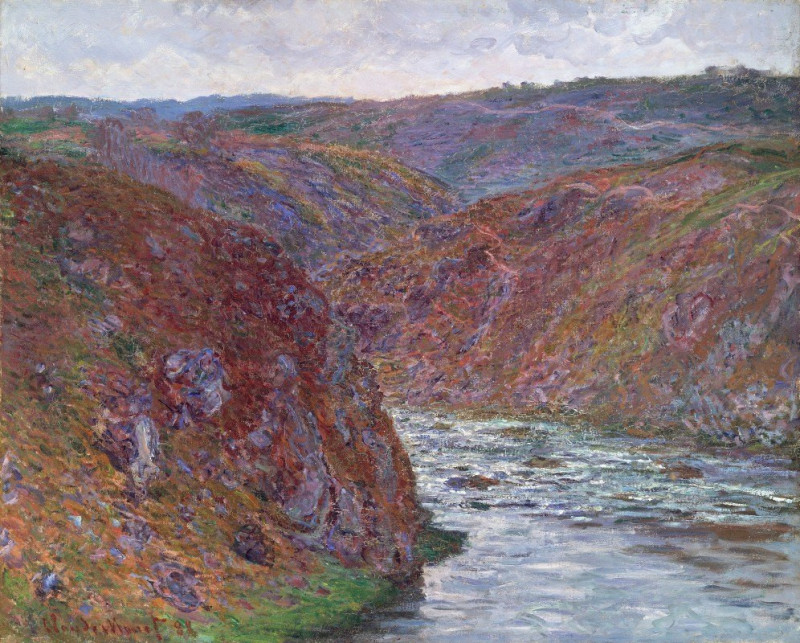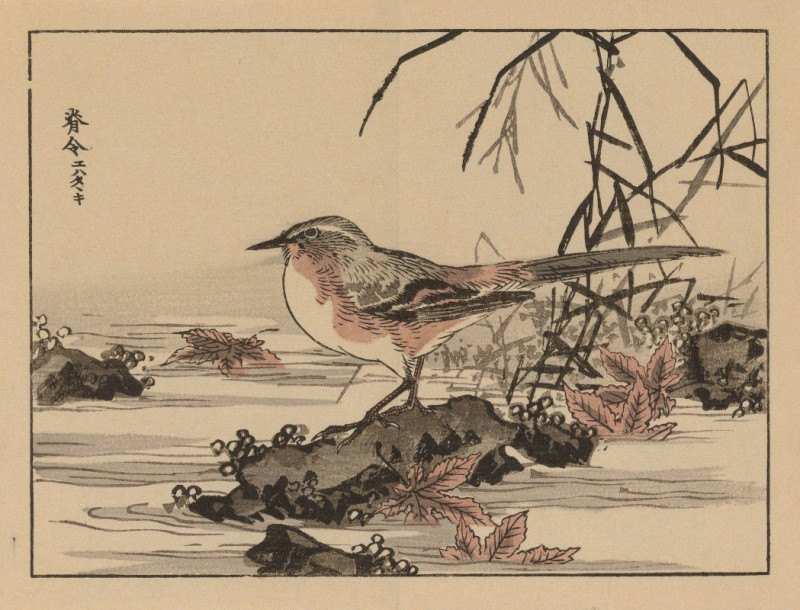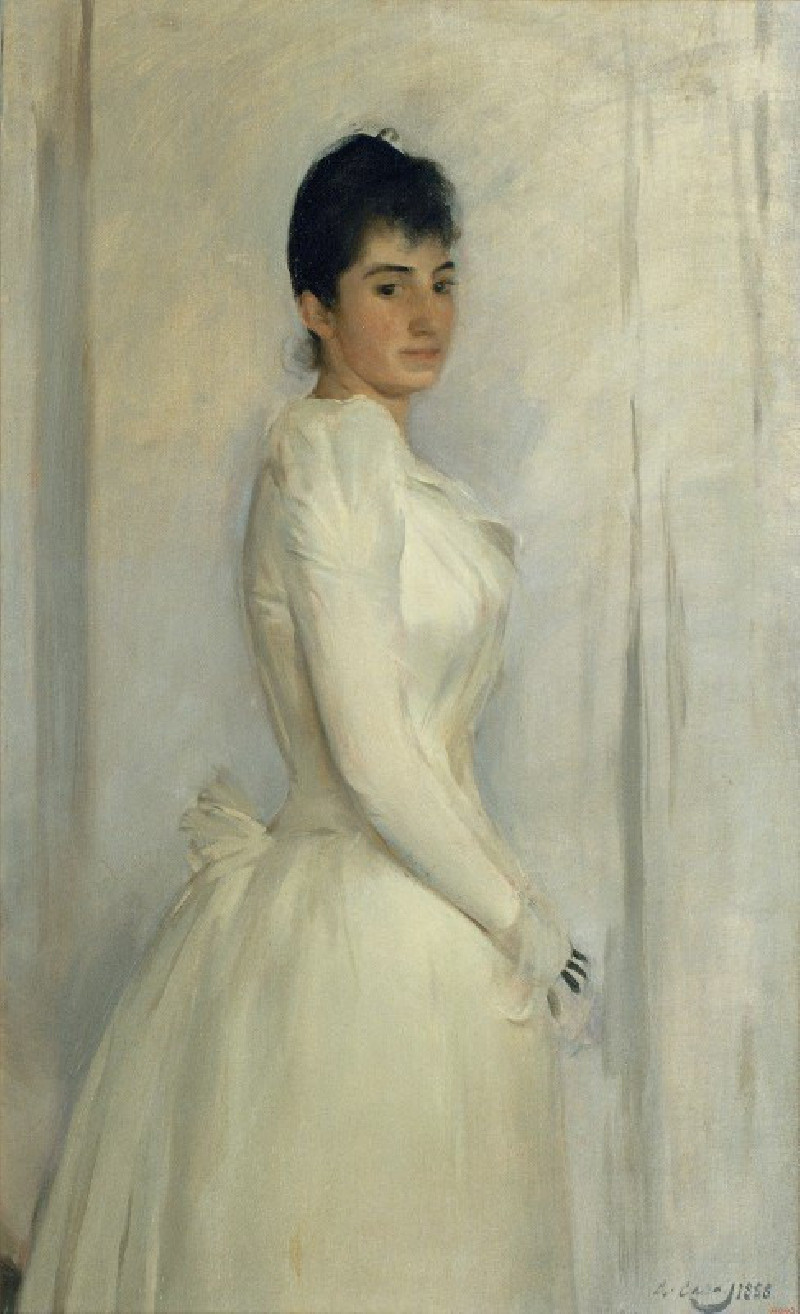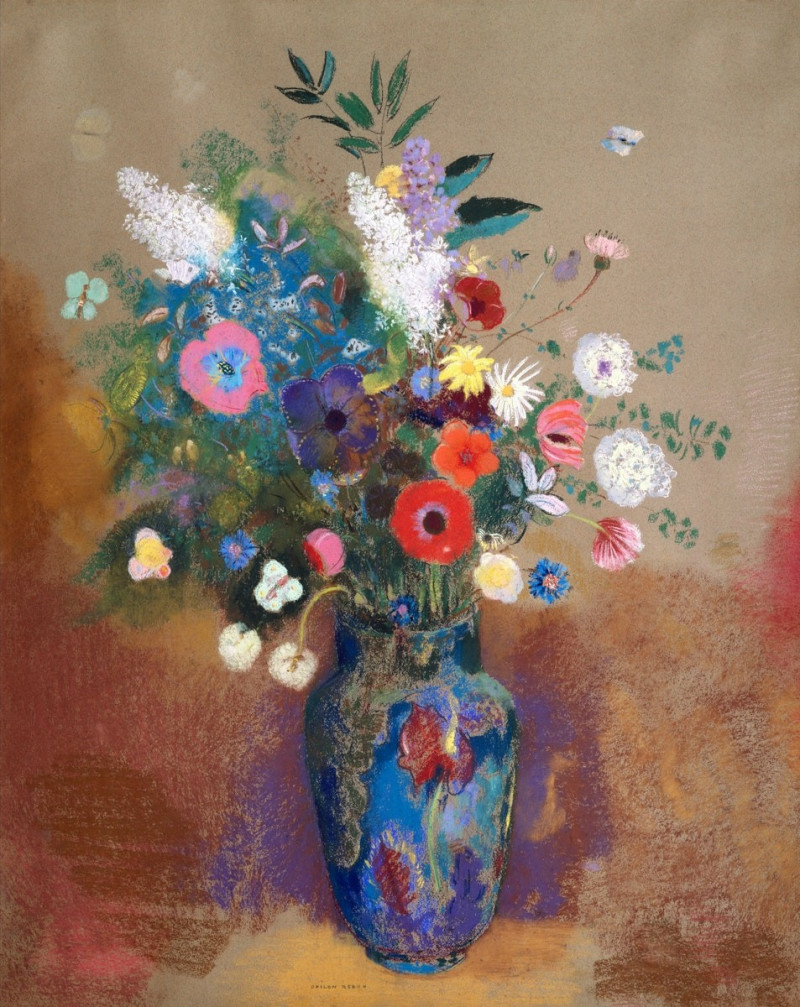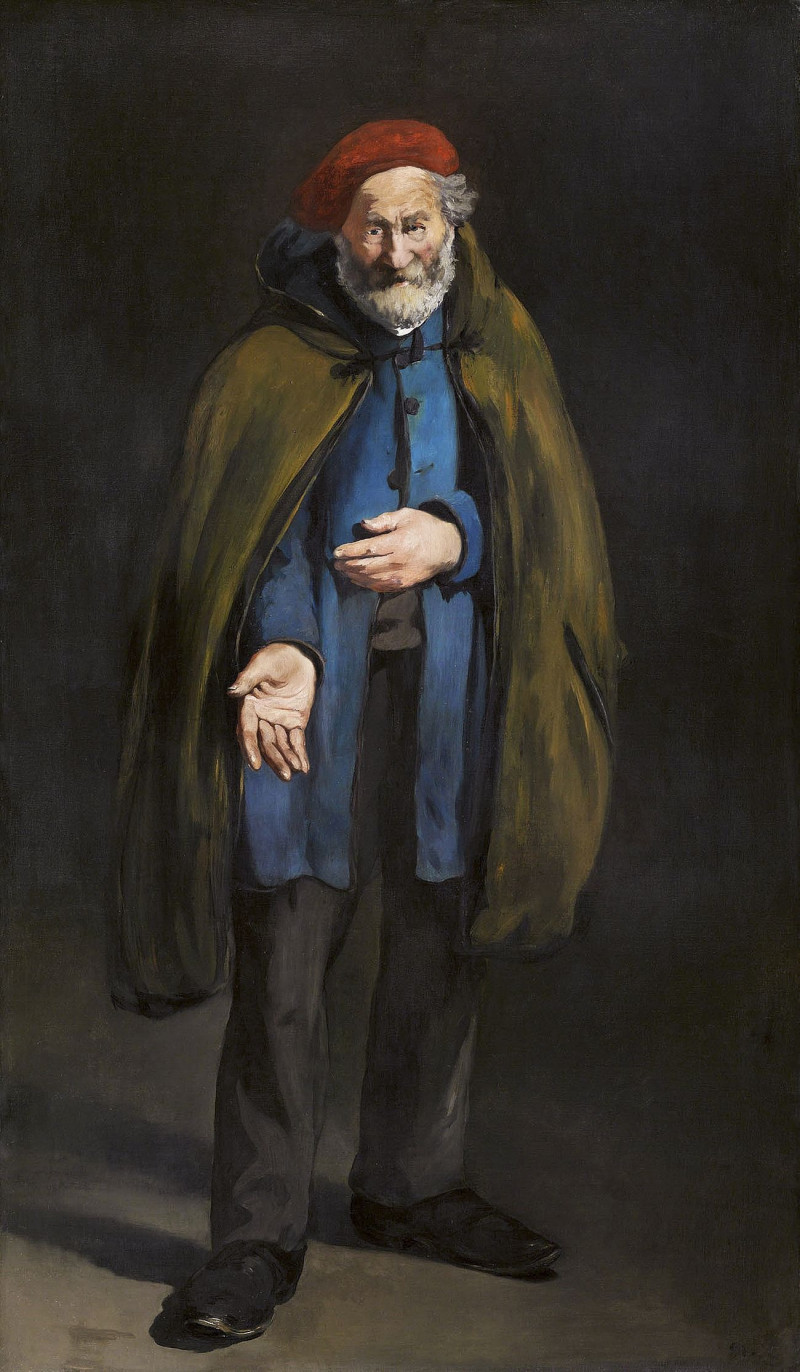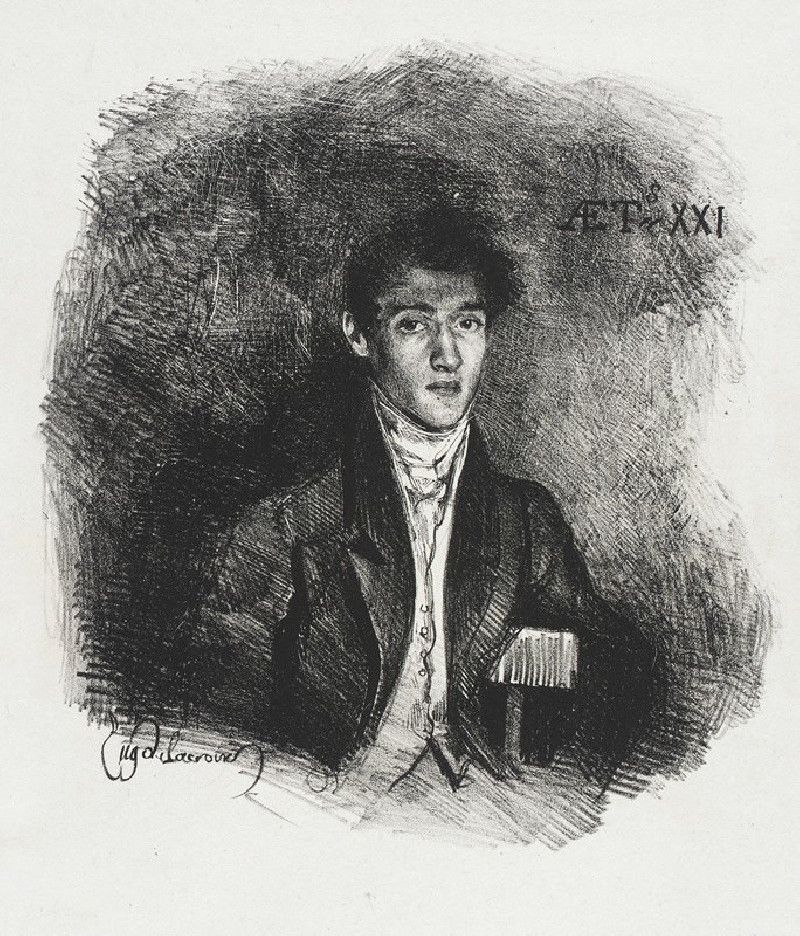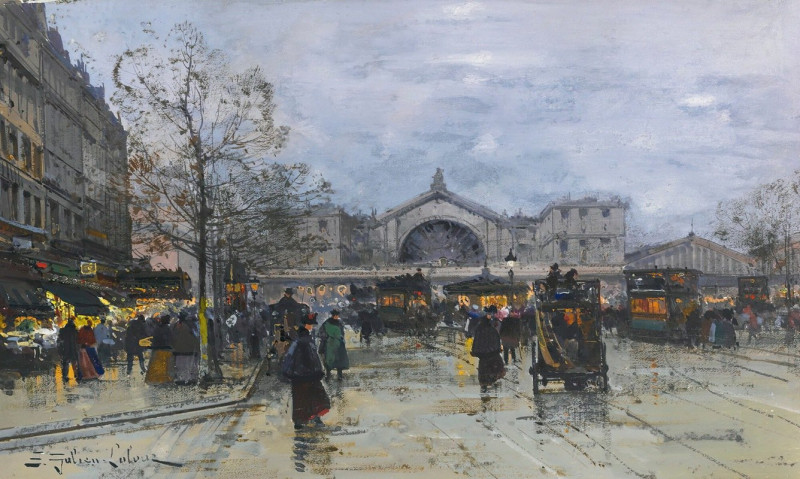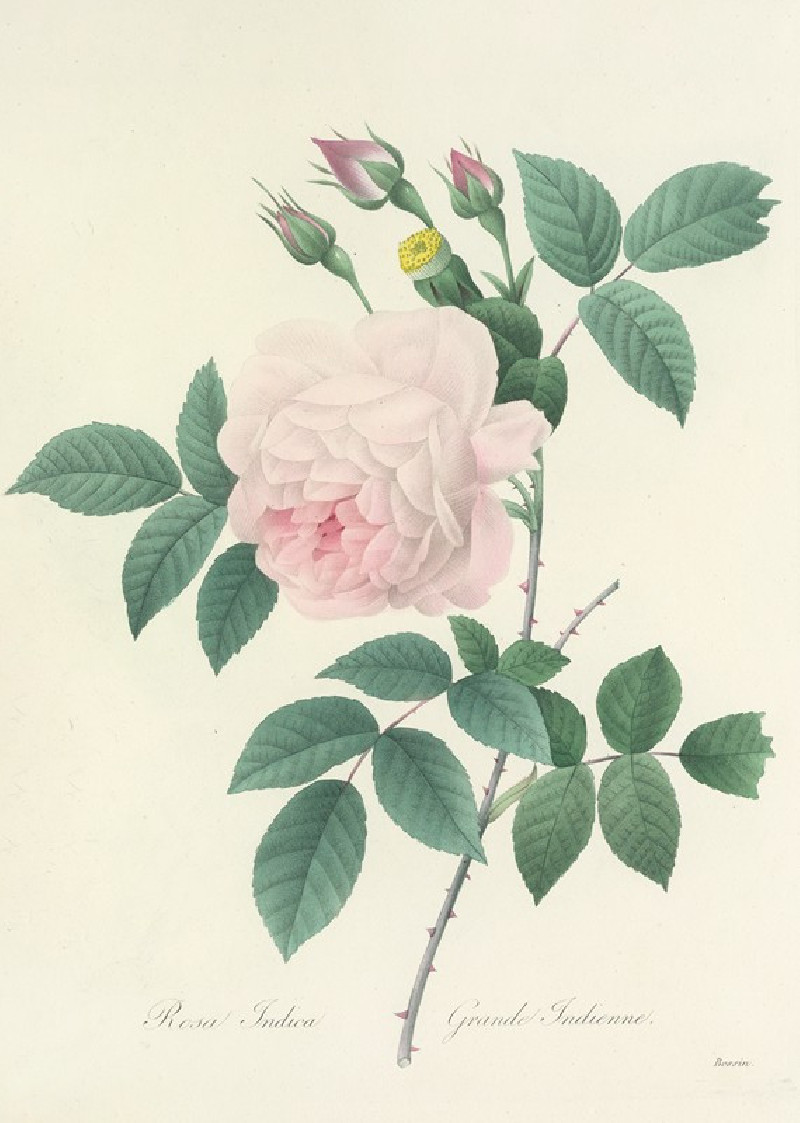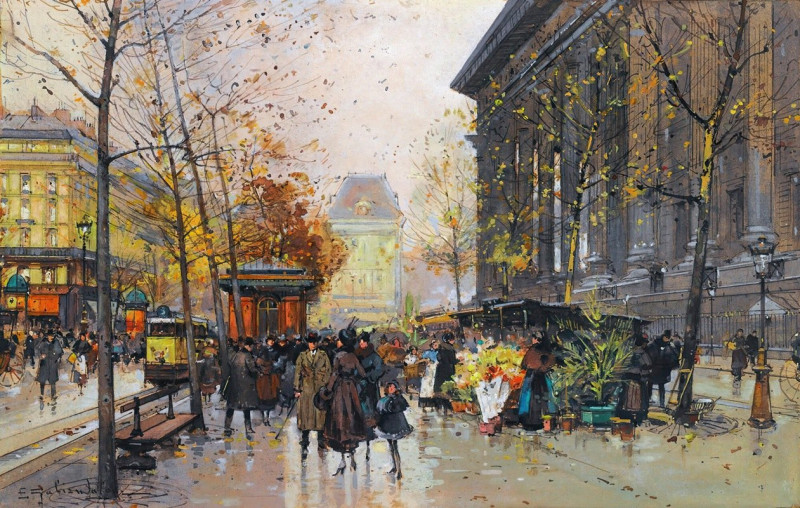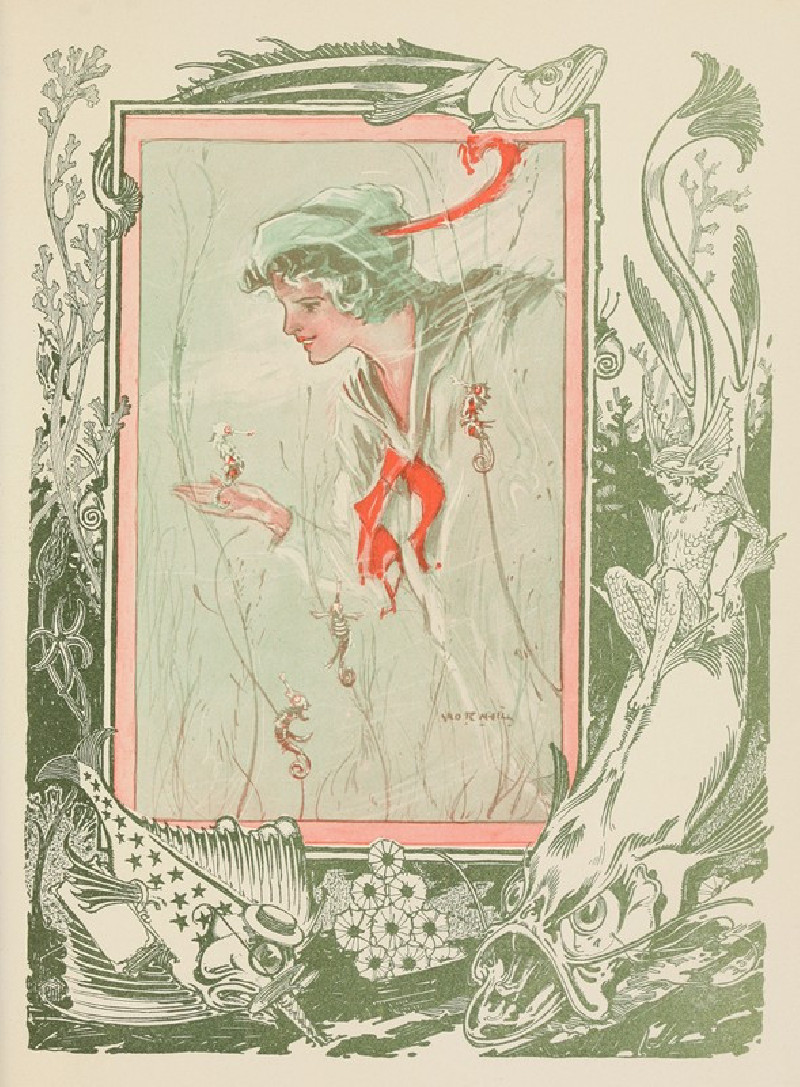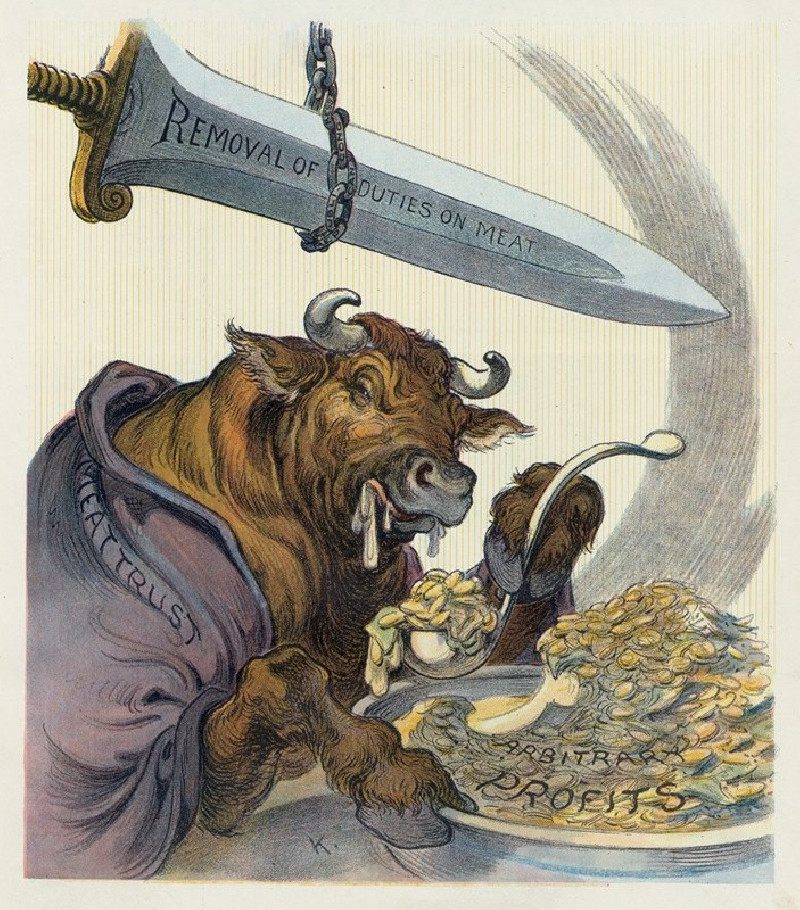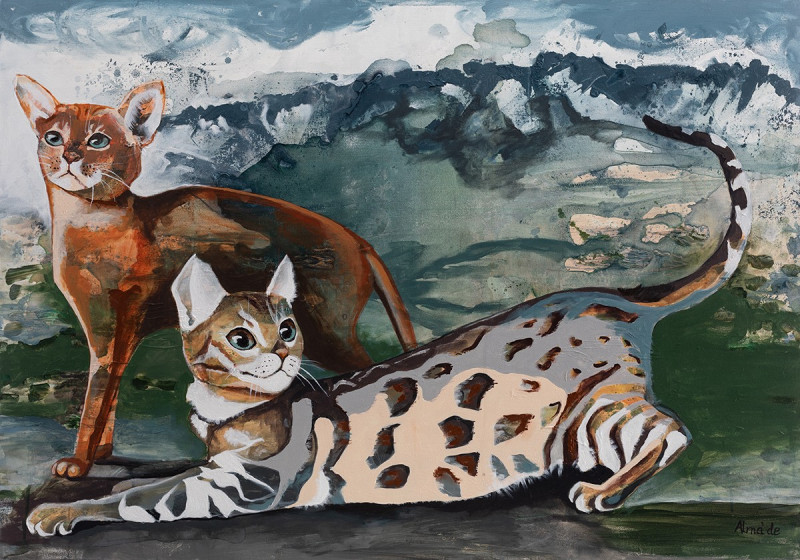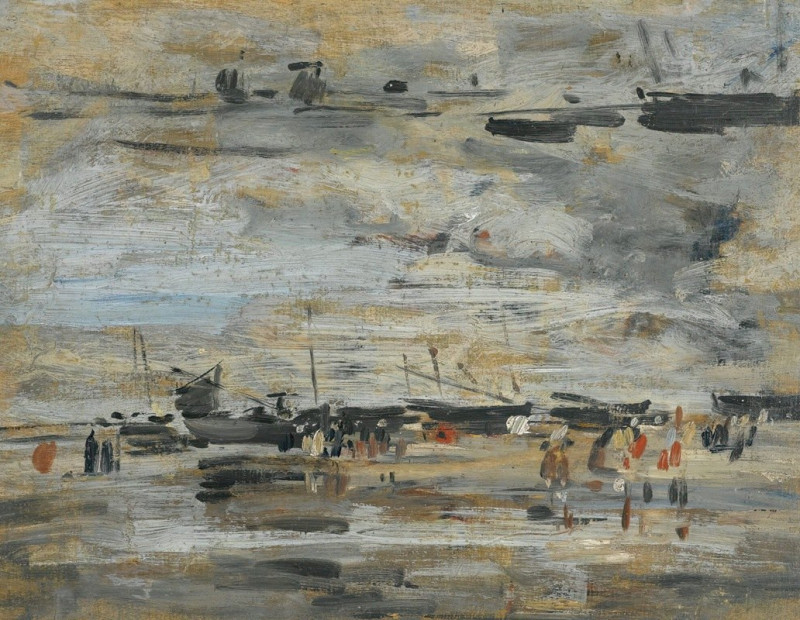Zwei Akte im Walde (1921)
Technique: Giclée quality print
Recommended by our customers
More about this artwork
Welcome to an exploration of Ernst Ludwig Kirchner's captivating artwork "Zwei Akte im Walde" (Two Nudes in the Forest), created in 1921. This painting is a stunning example of Kirchner's unique approach to expressionism, showcasing his vivid use of color and dynamic forms to depict human figures within nature.In this painting, Kirchner presents us with two nude figures, intertwined with the abstract forms and colors of the forest around them. The fluid, almost sketch-like lines give the painting a sense of movement and spontaneity, while the bold contrasts and fragmented forms are characteristic of Kirchner's style. The artwork is distinguished by its loose brushstrokes and the integration of blue, green, and earth tones, which evoke the natural environment, contrasting with the smooth, flowing lines defining the figures.Kirchner's art often explored the relationship between humans and their environments, and "Zwei Akte im Walde" is a profound expression of this theme. The figures are melded into the forest background, suggesting a deep, intrinsic connection to nature. This piece not only highlights Kirchner's technical skills but also his ability to convey deep, emotional narratives through abstract forms.This painting invites viewers to consider the harmony between humanity and nature, portrayed through the lens of Kirchner's expressionist vision.
Delivery
Returns
Ernst Ludwig Kirchner (1880–1938) was one of the most important German Expressionist painters. He was a co-founder of Die Brücke, a group of German expressionist artists formed in Dresden in 1905. Die Brücke and Kirchner took inspiration from Vincent Van Gogh and Edvard Munch, as well as African and Oceanic art. They used woodblock printing as a medium to showcase their signature style: flat, unrealistic images with vivid colors. The recurring themes in Kirchner's artworks included exotic cultures, faraway landscapes, self-portraits, dancers and Berlin street life. His paintings and prints effectively portrayed non-European cultures despite the fact that he never traveled outside of Europe.

